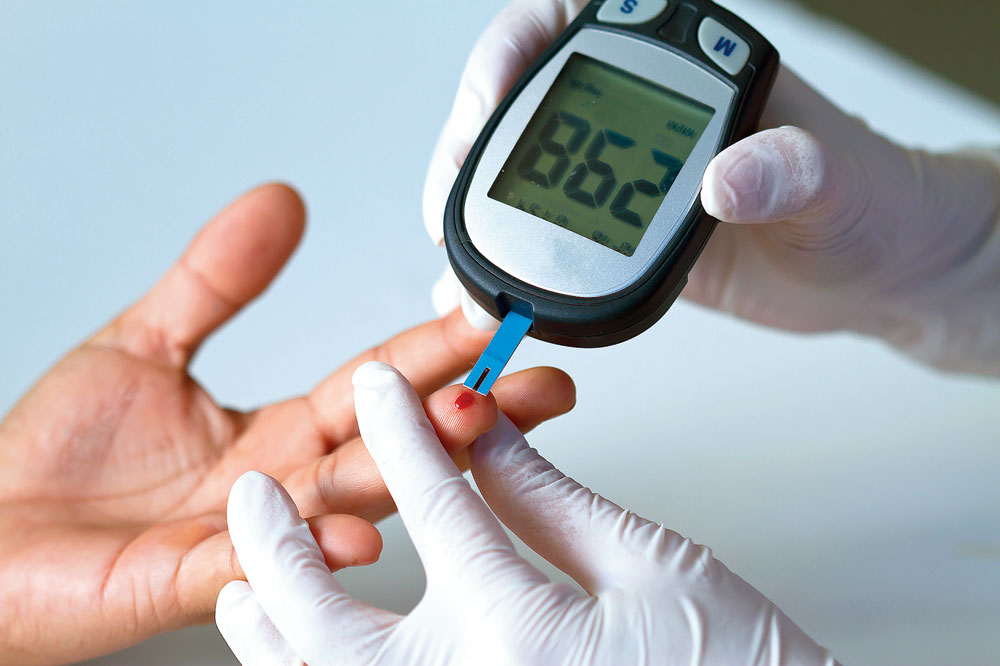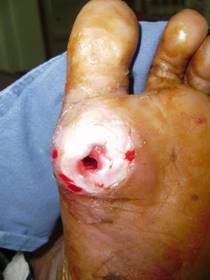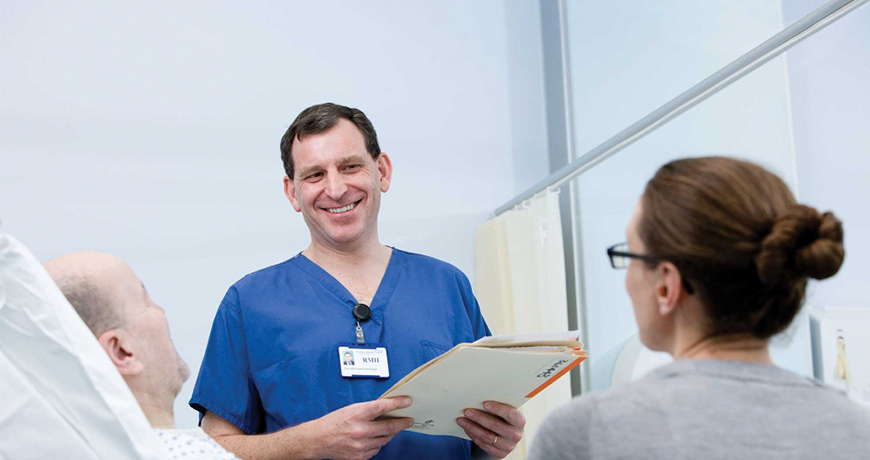




WE PROVIDE A TO Z FOR DIABETES AND ITS COMPLICATION
• Uncontrolled diabetes • Diabetic Nephropathy • Diabetic Neuropathy • Diabetic Foot Ulcer • Gestational Diabetes • Diabetic Cardiomyopathy • Bariatric Surgery • Advancement in Diabetes • Diabetic Denta
WHY IS EXERCISE & DIET MONITORING SO IMPORTANT FOR PEOPLE WITH DIABETES?
Diabetes is a chronic disorder that requires lifelong management. Lifestyle modifications/changes are the foundation of diabetes management. These include healthy diet and regular exercise.
EXERCISE :
Exercise is one of the cornerstones for the management of diabetes. Along with diet and antidiabetic medications, exercise forms one of the major pillars in the treatment of diabetes. A regular diet and exercise plan program can delay the onset of diabetes, help in the control of diabetes, prevent diabetic complications, and slow the progression of complications.
Compared to antidiabetic medication, exercise has the advantage that it is inexpensive and free of side effects. Hence it’.is important to know how and why exercise plays such a crucial role.
DIET:
Following a healthy diet is a fundamental aspect of diabetes management. There are some foods that can help us to control our blood glucose levels and at the same time, some can also raise blood glucose. Hence eating the right food is an important part of diabetes treatment.
DO AND DONT ‘S IN DIABETES
Do’s
• Diet plan should be balanced and individualized.
• The calculated caloric requirement should allow the patient to lose or gain weight as required and maintain body weight close to the ideal/ desirable body weight.
• Restrict refined and starchy food items such as maida, rava, white bread, potatoes, other tubers, processed foods and meats.
• Include loads of vegetables and 1 or 2 helpings of fruits such as oranges,papaya,mosambi,
• guava or watermelon. Sweet tasting fruits need to be restricted;for ex.Sitaphal (custard apple)
• chickoo,sweet bananas,grapes,mangoes etc..
• Include mainly high fibre foods (whole grains, pulses, and all green vegetables).
• Daily fibre intake should be at least 20-35 g. Fibre helps to reduce postprandial blood
• glucose levels and blood cholesterol.
• Make greens and vegetables part of your daily diet.
• Eat diet low in glycemic index which helps keep the blood sugars in normal range.
• Butter, ghee, coconut oil and palm oil are rich in saturated fats and should be restricted.
• Mustard oil, corn oil, sunflower oil, groundnut oil, ricebran oil and gingelly oil can be
• preferred i.e. saturated fats less than 10 percent , monounsaturated fats and
• polyunsaturated fats in the ratio 1:1 of the remaining fat %.Olive oil best used for salads
• in Indian cooking. Avoid trans fats such as margarine and dalda/vanaspathi
• Maintain a small food diary. Keep track of all the food you eat in a day. You will be amazed
• at the amount and type of food you eat.
• An obese patient should restrict calories through reduction in the intake of carbohydrate
• and fat. Ensure that food is eaten not only at the appropriate time but also in appropriate
• amounts.
• Include 4-6 small frequent meals rather than 3- big meals a day.
• When you shop, cook or eat out, make healthy choices.
• Always read labels and select foods that are low in fat, salt, sugars.
• Chew your food well and drink sufficient amount of water.
• Try and Include salads in lunch and dinner.
• Avoid Table salt and restrict use of processed foods.
Don’ts
• Patients who are on insulin or oral hypoglycemic agents should not fast, because it may result in hypoglycemia (low blood sugar levels).
• They should not skip a meal assuming that it can be made up by consuming extra food at the next meal. This may result in low blood sugar and also blood glucose fluctuations which leads to microvascular complications..
• Do not eat white bread, chips, and pastries, which quickly increase blood sugar..
• Avoid processed foods and meats as they will be rich in salt and oil..
• Restrict fried and fatty foods..
• Do not take full fat dairy products..
• Alcohol increases blood pressure and triglycerides and heavy drinking weakens the heart.
• muscle (cardiomyopathy). In excess, it affects the liver and peripheral nerves..
• Do not use artificial sweeteners beyond the recommended quantity. If possible get used to • tea/coffee without sugar gradually..
• Do not exercise on empty or full stomach..
• Do not watch TV while eating food..
• Do not smoke..
• Do not miss your medication..
ROLE OF PODIATRY IN DIABETES CARE
• Diabetes affects the foot primarily due to the development of nerve disease (neuropathy).
Development of large calluses leads to death of the underlying tissue, forming tropic ulcers.
Appropriate footwear redistributes the foot pressures evenly and prevents the development of calluses.


• A podiatrist is an essential member of the diabetes care team who examines the feet of diabetes patients, assesses their risk of developing complications and prescribes preventive or therapeutic measures.
• Diabetes affects the foot primarily due to the development of nerve disease (neuropathy). Due to neuropathy, the small muscles of the feet become weak leading to deformities such as claw toes and hammer toes. Presence of these deformities leads to abnormally high pressures being exerted at different parts of the soles of the feet. The foot responds to these high pressures by laying down layers of skin, forming a corn or a callus. Corns and calluses may be painful, but they are more often asymptomatic in diabetes patients who have neuropathy.
• Development of large calluses leads to death of the underlying tissue, forming ulcers, which are called tropic ulcers. These ulcers are usually not evident all the way to bone, leading to bone infection (osteomyelitis) which is very difficult to treat. The infection can also spread all the way up the leg and become limb or even life threatening. It is these patients who end up in amputation.
• Early assessment of the feet can detect neuropathy and abnormal foot pressures. At this stage, the podiatrist recommends appropriate footwear to redistribute the foot pressures evenly and prevent the development of calluses.
• If the patient already has a callus, the podiatrist scrapes away the callus in such a way that the callus is removed without causing an ulcer. Thereafter, if the patient uses appropriate footwear, the callus should not recur.
• If the patient already has a thick callus with an underlying ulcer, the podiatrist uses different techniques to heal the ulcer, including total contact casting, felt and appropriate footwear. However, these ulcers are often difficult to heal completely on account of the presence of bone deformities. In such cases, the podiatrist performs limb salvage surgeries which correct the deformities and prevent recurrence of callus and ulcer.
